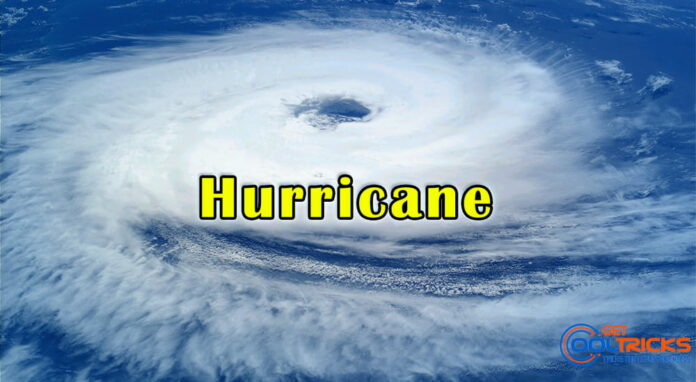National Hurricane Center’s Official website
Hurricane Ian made landfall in southwestern Florida as a major Category 4 storm, causing dangerous storm surge, winds and flooding.
Details
- Hurricane Ian is one of the most powerful storms in U.S. history, tearing apart homes and buildings.
- The storm made landfall near Cayo Costa as a Category 4 storm with maximum sustained winds measured at a stunning 150 mph. This is only 7 mph slower than a Category 5 – the highest status on the Saffir-Simpson Hurricane Scale of Hurricane Intensity.
Tropical Storms
- Hurricanes, cyclones and typhoons are all types of tropical storms. But are given different names depending on where they appear.
- Hurricanes are tropical storms that form over the North Atlantic Ocean and Northeast Pacific.
- Cyclones are formed over the South Pacific and Indian Ocean.
- Typhoons are formed over the Northwest Pacific Ocean.
Favourable Conditions required
- Large sea surface with a temperature higher than 27° C,
- Presence of the Coriolis force enough to create a cyclonic vortex,
- Small variations in the vertical wind speed,
- A pre-existing weak low-pressure area or low-level-cyclonic circulation,
- Upper divergence above the sea level system,
Coriolis Effect
The Coriolis effect is the apparent acceleration of a moving body as a result of the Earth’s rotation. It makes things (like planes or currents of air) travelling long distances around the Earth appear to move at a curve as opposed to a straight line. The Coriolis effect is an important determinant of wind direction on a global scale.

Wind shear
Wind shear sometimes referred to as wind gradient, occurs when there is a change in the direction or speed of wind usually at short distances. Atmospheric wind shear is normally described as either vertical or horizontal wind shear.
Vertical wind shear is a change in wind speed or direction of winds at increasing heights in the atmosphere. Horizontal wind shear is a change in wind speed with change in lateral position for a given altitude. For cyclones to develop, low vertical wind shear is a must.

Atmospheric Instability
Atmospheric stability determines whether or not air will rise and cause storms; sink and cause clear skies; or essentially do nothing.

If an air parcel is warmer than its surrounding environment, then it will be less dense than its surroundings and will rise like a hot air balloon. This is Unstable Air and has the potential for creating thunder storms if it contains enough water vapor.
If an air parcel is cooler than its surrounding environment, then it will be denser than its environment and will sink. Think of this situation as a pebble sinking in water. This is Stable Air which generally leads to clear skies.
If an air parcel is the same temperature as its surrounding environment, then the parcel will not move of its own accord. This is Neutral Air.


